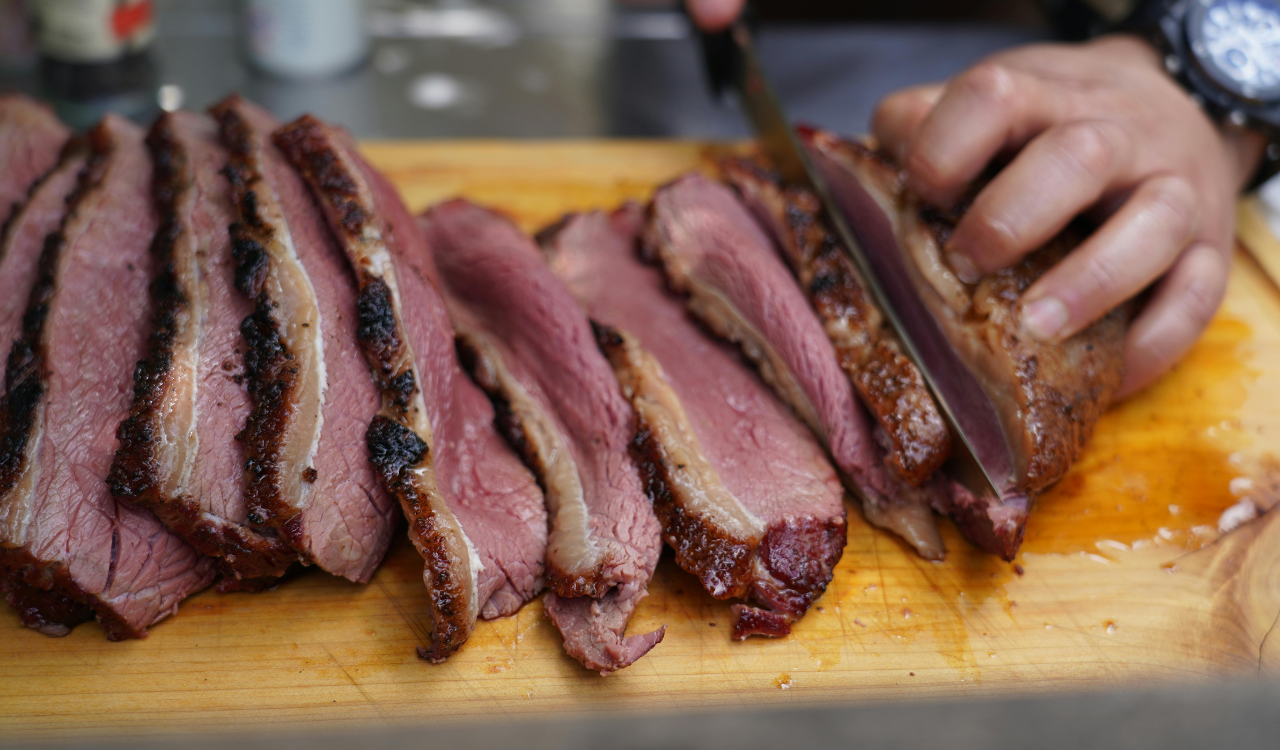10 Hidden Secrets Behind Your Favorite Fast-Food Recipes
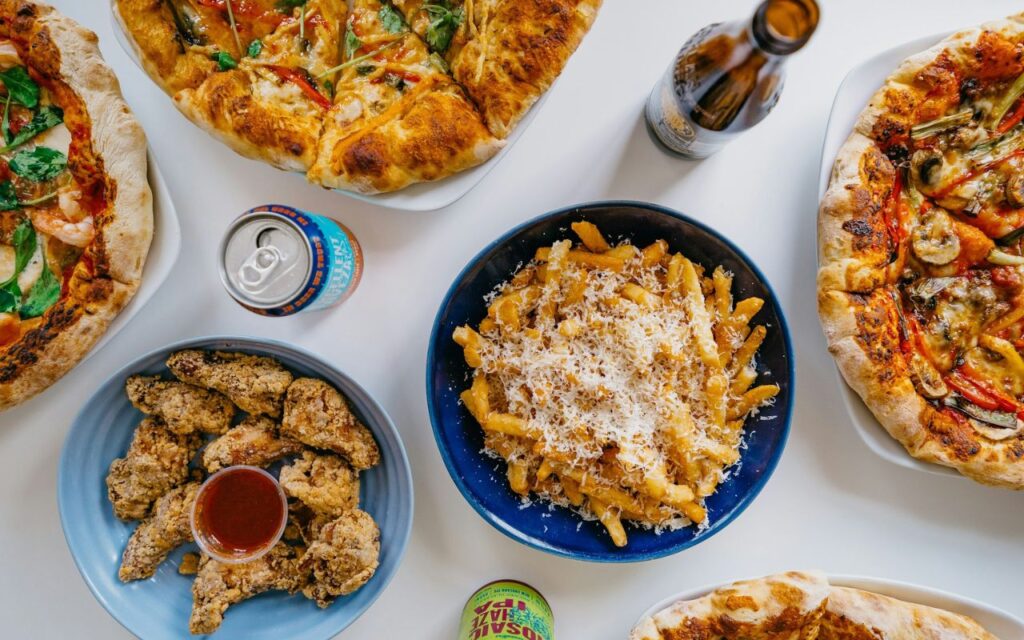
Fast food looks simple, but every burger, fry, and wrap hides a system of precision and science. Behind the quick service are carefully designed formulas, flavor enhancers, and engineered textures built to deliver the same experience across thousands of locations. What seems like a casual bite is the result of research, chemistry, and temperature control working in perfect balance. From secret spice blends to moisture-proof packaging, here are ten hidden methods fast-food companies use to keep flavors consistent, textures perfect, and customers coming back for more.
1. Secret Seasonings and Flavor Blends
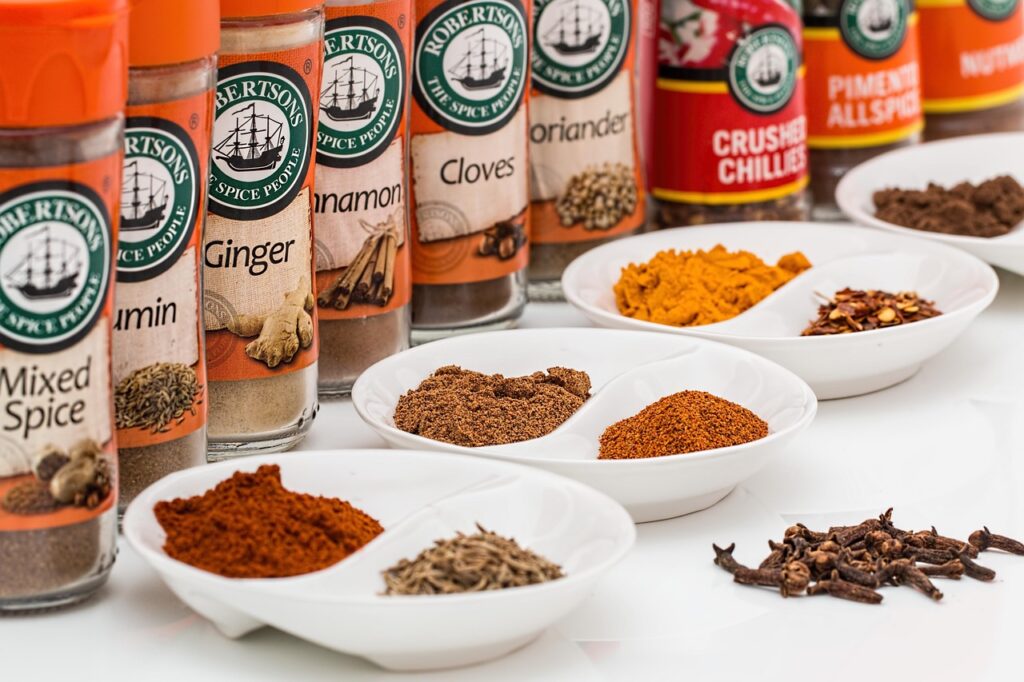
Chains rely on tightly guarded seasoning blends that define their signature taste. These mixes combine salt, sugar, herbs, aromatics, and umami agents like yeast extract to create a deep flavor that survives freezing and reheating. Food scientists perfect ratios so one blend can flavor fries, meats, and sauces while staying shelf-stable and inexpensive. Because consistency is key, every restaurant worldwide can produce the same aroma and taste that customers instantly recognize and crave with every bite.
2. Texture Tricks and Binders
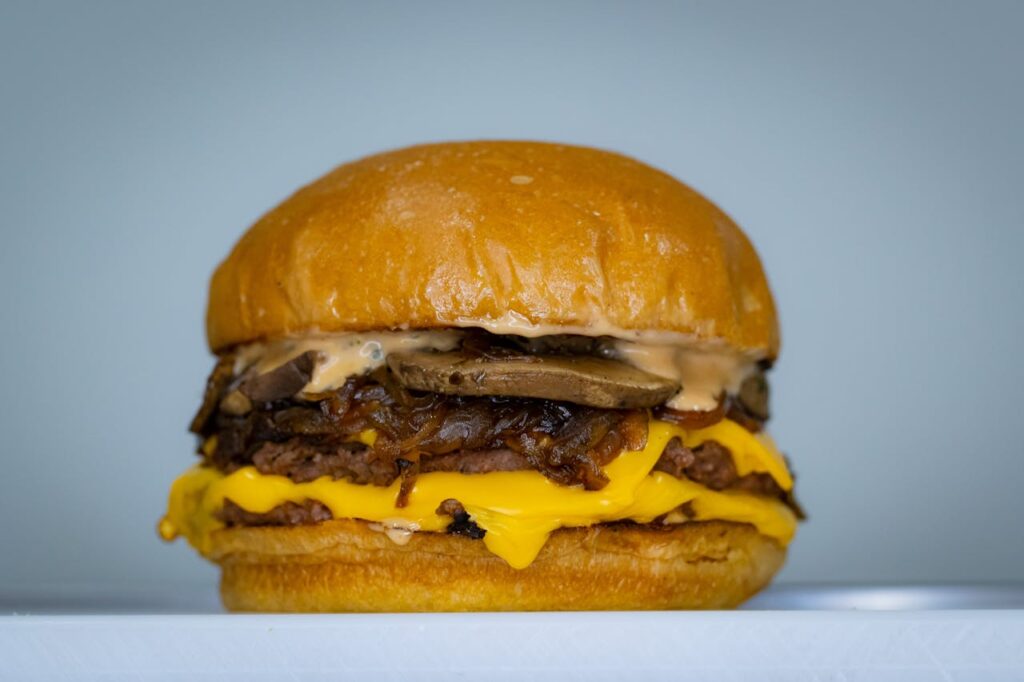
To keep food juicy and consistent, chains use binders like modified starches, phosphates, and hydrocolloids. These ingredients trap moisture, stabilize emulsions, and prevent patties or batters from drying out. They help maintain crisp coatings on chicken and fries while keeping meats tender through freezing and reheating. The result is a familiar texture that feels freshly made, even when produced in bulk, ensuring every burger or nugget delivers that same satisfying, uniform bite.
3. Par-Cooking and Flash Frying for Speed
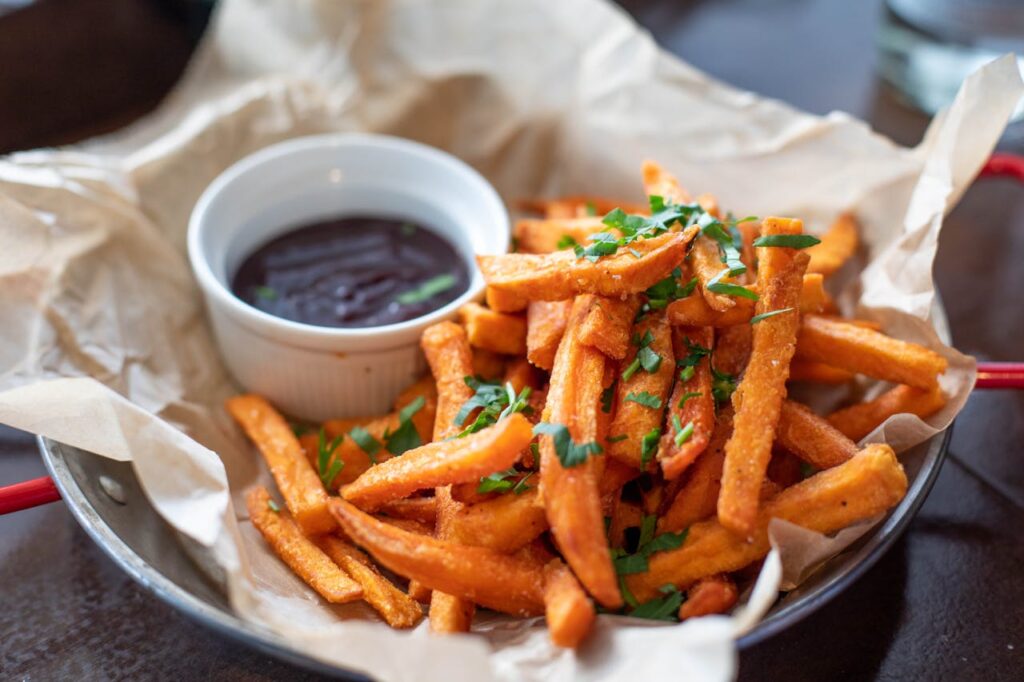
Fast-food speed depends on par-cooking, blanching, and flash-frying. Items like fries and chicken are partially cooked in factories, frozen, then finished in-store within minutes. This process ensures perfect color, crispness, and food safety while reducing waste and labor. It allows inexperienced staff to achieve reliable results without full cooking. By separating prep from finishing, chains keep service fast and consistent, proving that efficiency is the true secret ingredient behind every quick meal.
4. The Role of MSG and Umami Boosters
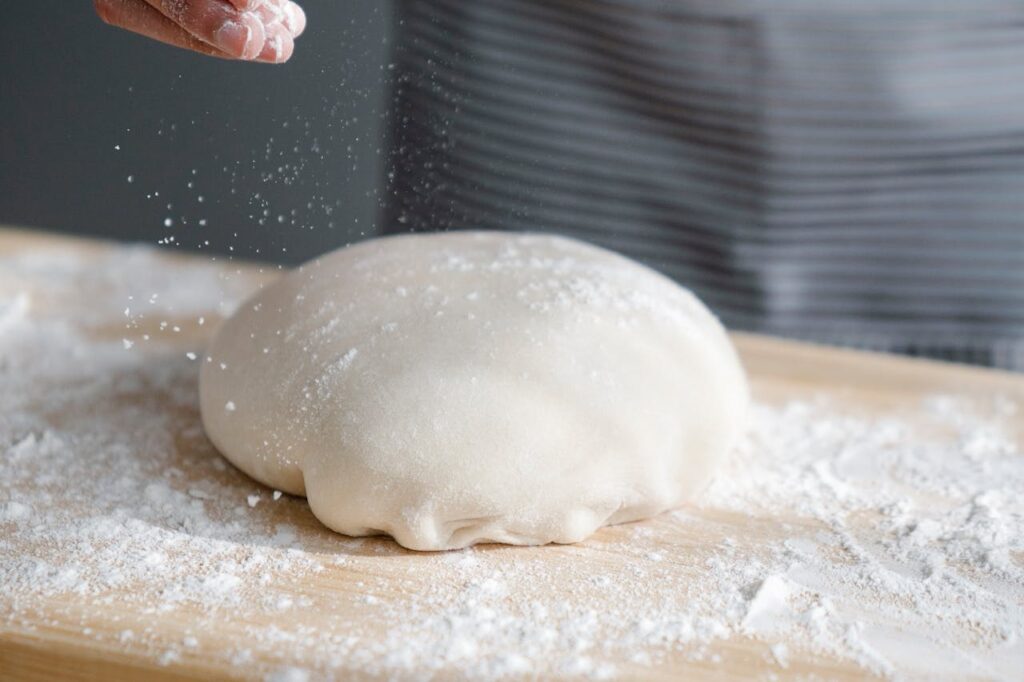
MSG, yeast extract, and hydrolyzed proteins enhance flavor intensity while keeping costs low. These umami boosters amplify meatiness, mask off-notes from storage, and help food taste freshly cooked. They balance salt and fat, allowing recipes to use less sodium without losing impact. Used in sauces, seasonings, and coatings, these ingredients create that rich savory punch customers associate with comfort and indulgence, proving that science often powers the “homemade” taste of fast food favorites.
5. Sugar, Acid, and the Illusion of Freshness

Sweetness and acidity give fast food its lively, balanced flavor. Sugar promotes browning and enhances mouthfeel, while acids like vinegar or citric acid brighten sauces and cut grease. Together, they mimic the freshness of just-cooked meals even after storage or reheating. These small additions create contrast and depth, making flavors pop and textures feel lighter. This balance of sweet and tangy keeps fried, saucy, or cheesy items tasting vibrant rather than heavy.
6. Emulsifiers and Sauce Engineering
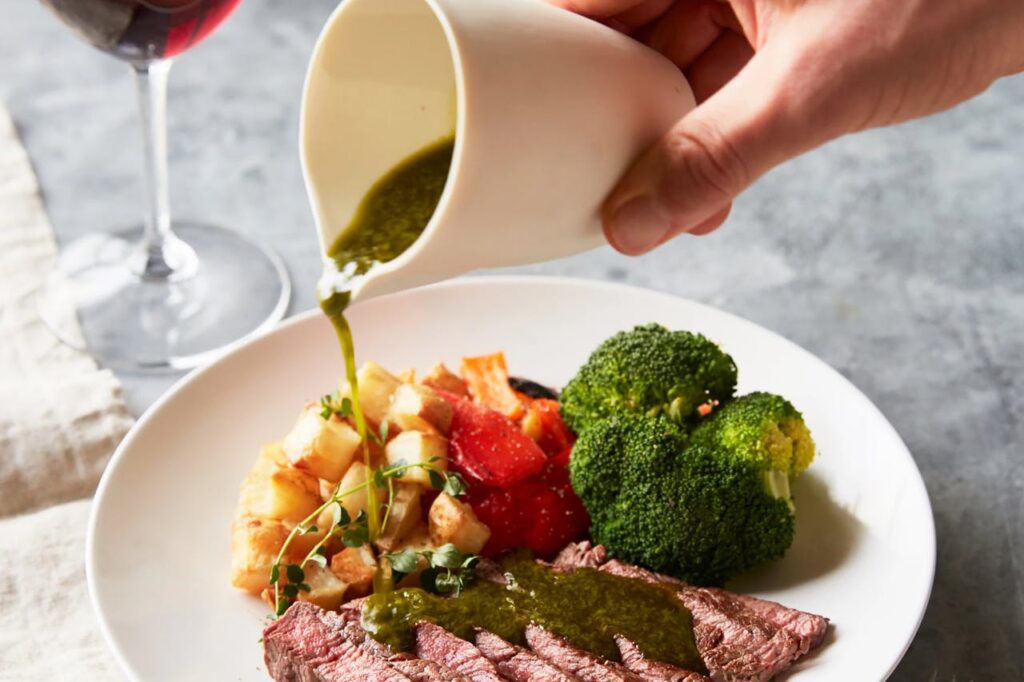
Smooth sauces depend on precise emulsifiers and stabilizers like lecithin, xanthan gum, and modified starches. They bind oil and water, keeping dressings creamy and glazes shiny during transport and storage. These additives prevent separation and make sauces flow evenly through dispensers, ensuring every drizzle looks appetizing. Their engineering guarantees that a burger topping or dip tastes and feels the same everywhere, maintaining that glossy, indulgent texture customers expect from fast food.
7. Menu Engineering and Portion Control
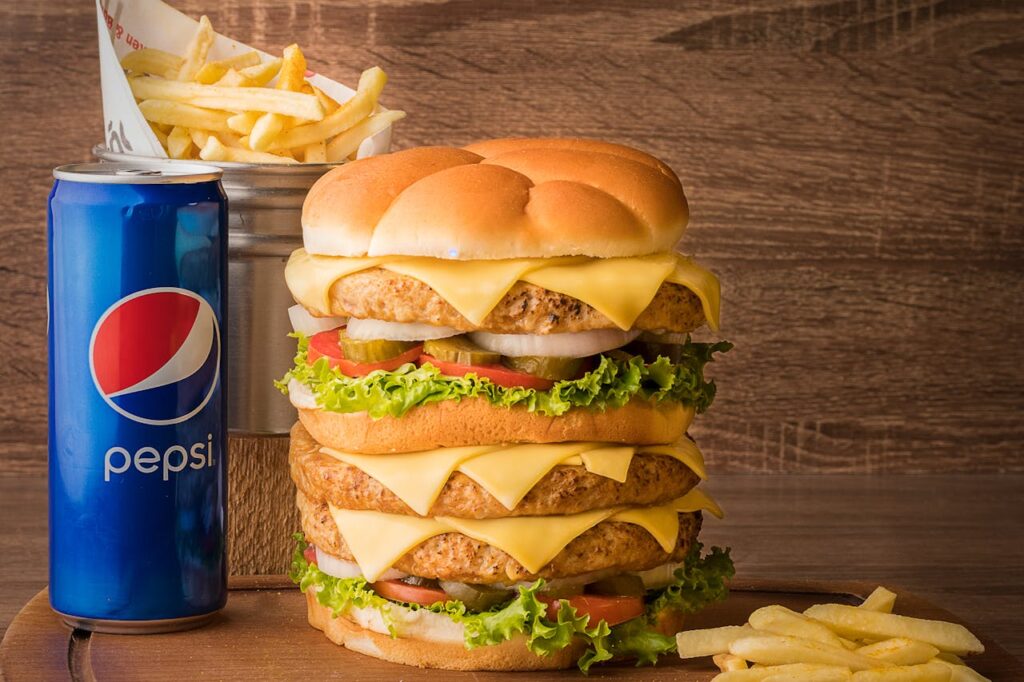
Menu design in fast food is both psychology and logistics. Chains test portion sizes, price points, and ingredient overlap to reduce cost and waste. Combos and sides are arranged to look generous while staying budget-friendly. Shared ingredients simplify prep and training, speeding service while boosting profit margins. This strategic design keeps operations efficient and customers satisfied, turning a simple burger and fries combo into a perfectly engineered business model.
8. Co-Manufacturing and Supplier Secrets
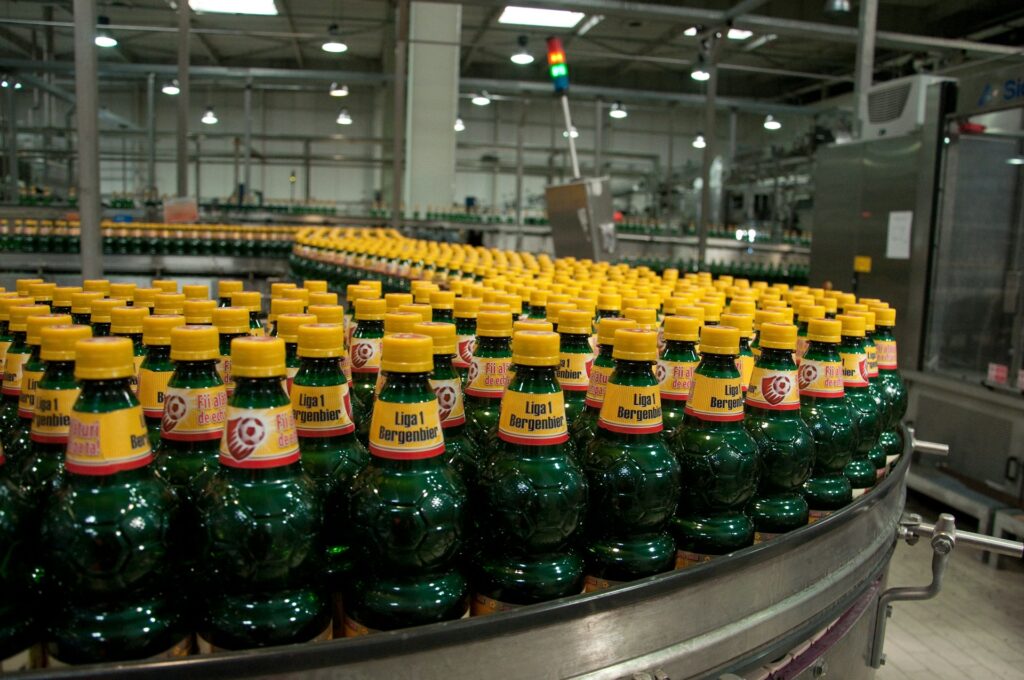
Behind the scenes, co-manufacturers produce fast-food staples like buns, sauces, and patties under exact specifications. These partners ensure that every product tastes identical, no matter the location. Centralized production controls texture, safety, and cost while maintaining secrecy about formulations. Because some suppliers serve multiple chains, similar flavors appear across brands. The result is uniformity on a massive scale, built on industrial precision and closely guarded trade relationships.
9. Smoke and Aroma Concentrates

To mimic slow grilling, many chains use liquid smoke and aroma concentrates that create a freshly charred scent in seconds. These heat-stable extracts deliver the same roasted depth customers expect without the time or cost of real smoking. When added to sauces or brushed on patties, they trigger a sensory illusion of barbecue authenticity. Because aroma drives taste perception, these concentrated scents play a major role in fast-food flavor design.
10. Packaging, Heat-Holding, and Final Taste

Packaging science protects fast food’s texture after cooking. Special vents release steam while insulated liners preserve heat, keeping fries crisp and buns soft. Materials are tested to balance moisture and temperature during transport so meals arrive appealing. Proper venting prevents sogginess while maintaining warmth, extending the window of freshness for delivery and takeout. This final step ensures the food tastes as good at home as it did seconds from the fryer.

